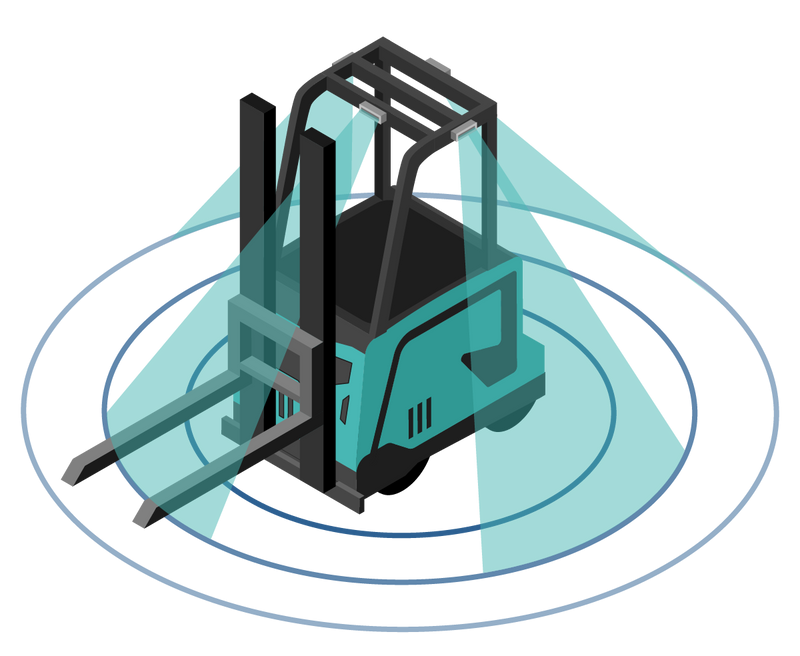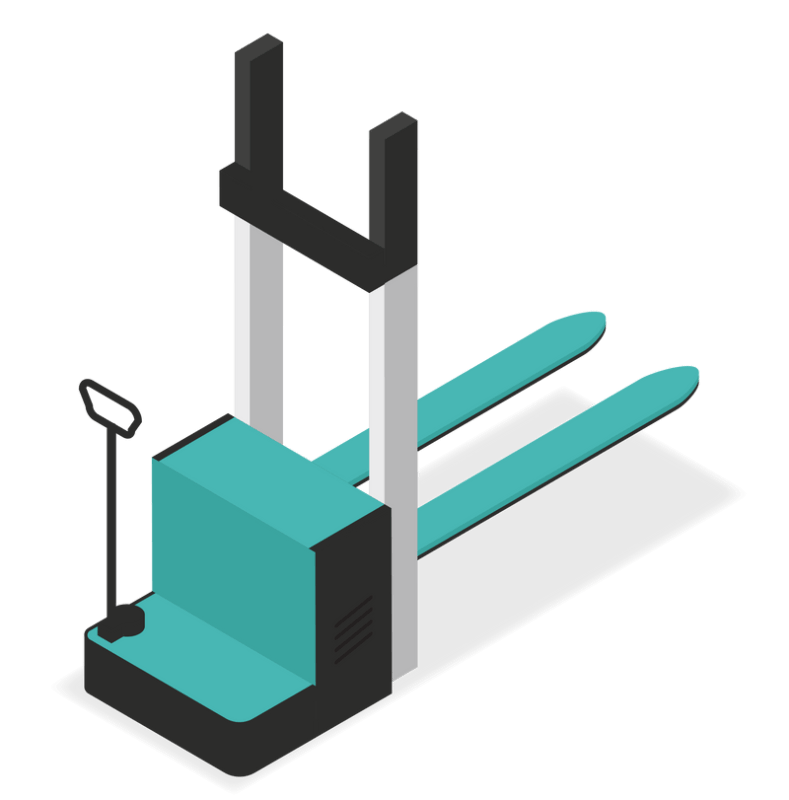1
Determine the Lead Times for Loading and Unloading
To evaluate the loading and unloading times, the lead time required for an average unloading/loading cycle must be determined. Various options are available for this purpose.
A
Motion-Mining®
Within a Motion-Mining® project, process components can be defined and processes can be evaluated. For instance, the average duration of a loading or unloading operation can be determined from motion data.
B
Process Observation and Timing
During a process observation, the proportion of time can be recorded with the help of a stopwatch or a corresponding app.
C
MTM Process Modeling
When planning a process, modelling with MTM can help to determine the expected time share for the activity in advance. Existing processes can also be modelled with MTM.
2
Determine the Time per Loading Unit
The first step was to determine the time required for each trip. Depending on the type of layout or vehicle used, one or more pallets or cartons may be transported per trip. To determine the average time per SKU, the average duration of a trip must be divided by the average number of SKUs per trip.
3
Determine the Savable Time per Run
To calculate the RoI, the time that can be saved per load unit (LU) must be calculated. This is highly dependent on the selected solution.
A
RoI with Reduction of the Travel Share
In many solutions, the primary aim is to reduce the driving effort. In this case, the driving share of the cycle time must be determined. This can be done using the same methods as in step 1.
B
RoI with Reduction of the Delivery Time
For some solutions, the main time saving is in placing the LUs on an existing conveyor system. In this case, the time share in the pick-up/drop-off area must be determined. This can be done using the same methods as in step 1.
C
RoI with Reduction of Scanning Effort
Some solutions primarily reduce the time spent scanning LUs. In this case, the proportion of time spent by staff using the scanner must be determined. This can be done using the same methods as in step 1.
4
RoI Calculation
To calculate the RoI, the time that can be saved per LU is multiplied by the total number of LUs per year and the cost per hour. The resulting savings can then be compared with the cost of solving the problem.










